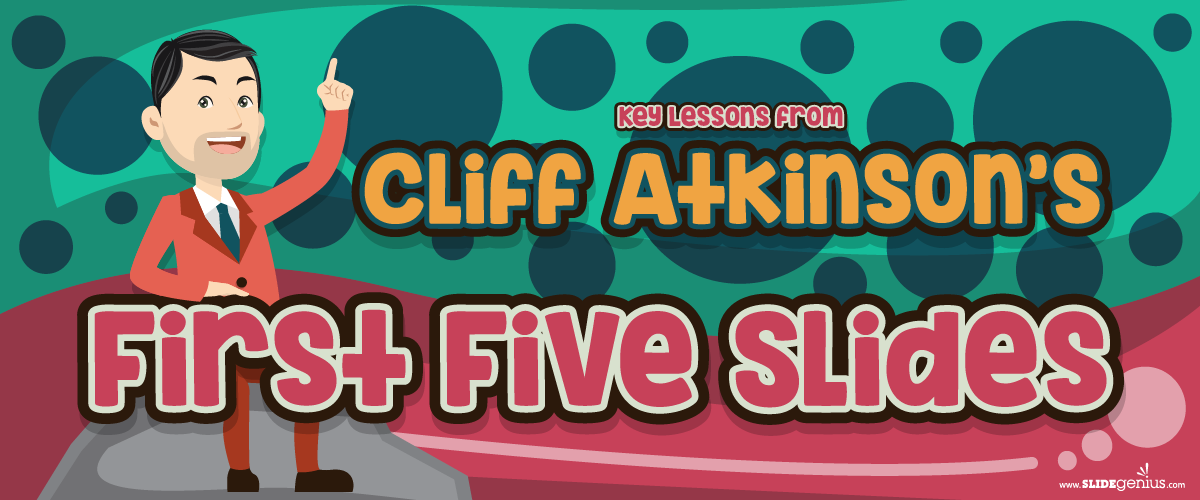
A good product stays just that – a good product – unless it gets a boost that enhances its marketability.
Don’t let the fruits of your labor slip into anonymity.
Access your target market through a strategic marketing plan and effective public relations effort.
Increased publicity will give your business the boost it needs.
Networking
One of the most instinctive ways to build your public relations is through networking.
Whether consciously or not, you form a network with individuals you encounter as you build up your business.
These can come in the form of long-time customers or corporate partners.
Even your employees and personal friends are part of your network.
If you’re still starting out, it’s time to prioritize these relationships.
Take care of your employees by giving benefits and convincing them your vision is worth believing.
Individuals whose beliefs are aligned with yours will be ready to support your enterprise.
Similarly, customers who follow your work and favor your product can recommend you to their own friends and family.
Aside from these person-to-person cases, you can also expand your network the old-fashioned way.
Forge partnerships with like-minded individuals and organizations relevant to your field.
You’ll be able to help each other out when it comes to resources and promotion.
Build Your Reputation
To impress people enough to convince them to invest requires plenty of self-exposure.
Showcase your product – and make it appealing.
Strategize your marketing plan and assess your product’s strengths and weaknesses.
Develop your product’s strong points and emphasize your advantages over the competition.
You can start small by relying on your personal network to endorse you.
But once you’re ready, you can present yourself to prospective clients.
This may come in the form of press releases or public presentations.
If you’re pitching to a journalist, make sure you craft the right message.
You can tease them with a preliminary pitch that will get them interested enough to ask for more details.
For public presentations, make sure to strike a balance between content and delivery.
Prepare an outline of all your main ideas with a professionally-made PowerPoint to boot.
This keeps your audience’s attention while getting all the important points across.
Social Media
The Internet plays an undeniably huge role in our lives.
Use it to promote your business by tapping into social media.
Make a site where you can advertise your product or service.
You can see how well you’ve drawn your target market in by monitoring site traffic.
The more people follow your page, share your tweets, or visit your website, the more likely that you’ve caught their attention.
It also makes your profile available to interested investors.
Keep an eye out for influencers online who can help promote you to virtual audiences.
These influencers will also require pitches that are relevant to their own interests.
This is best for making sure you contact the right individual or organization.
As much as social media can give you a leverage, always keep yourself grounded in your original objectives.
Don’t overstep personal boundaries to get undue exposure.
You need to maintain your credibility to keep your clients.
Conclusion
Building your public relations is important for promoting your product.
This can be achieved in a number of ways.
Reach out to your personal network, or expose yourself to a wider audience through presentations and social media.
A combination of the two is even better.
This ensures more feedback from a greater number of people.
References
Honeysett, Alex. “4 Steps to Pitching a Guest Post (and Getting a “Yes!”).” How to Pitch a Guest Blog. Accessed October 21, 2015.
“Measuring and Improving Your PR”. Queensland Government Business and Industry Portal. October 9, 2014. Accessed October 21, 2015.
Raposo, Kevin “How to Pitch: Outreach Tips from Journalists.” BuzzStream. May 13, 2014. Accessed October 21, 2015.
Featured Image: “PR” by Niuton may on flickr.com




















